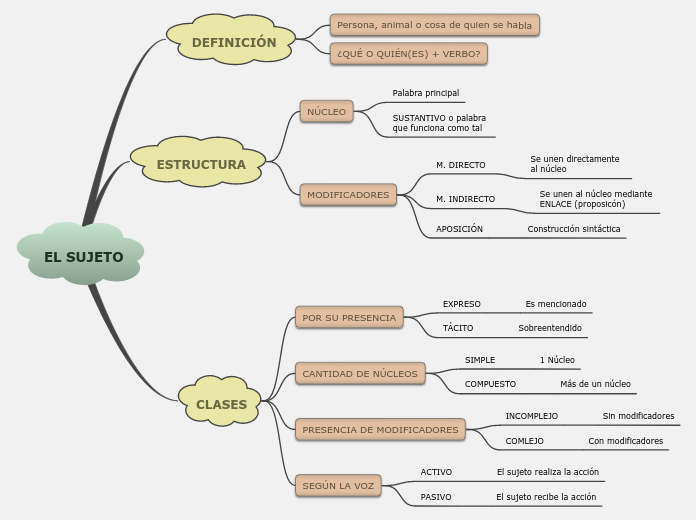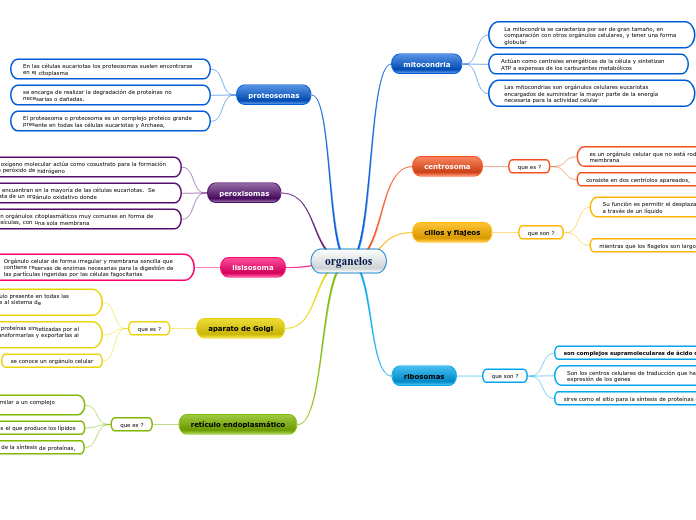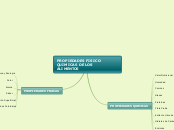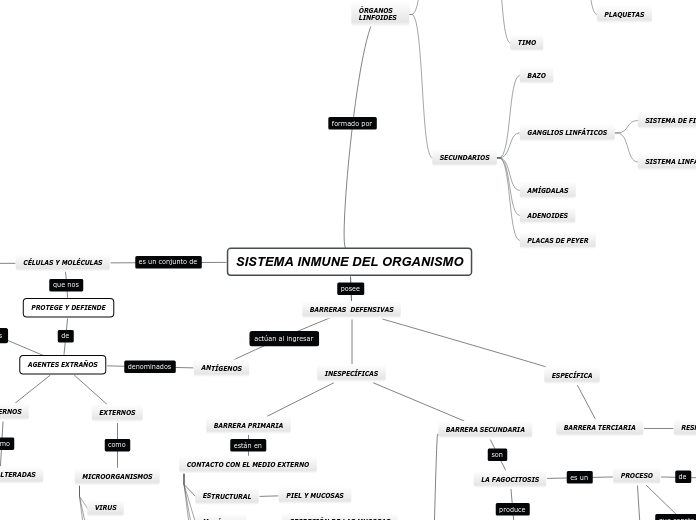MOLECULAS BIOLOGICAS
The first division between continents was made by ancient Greek navigators, who named them 'landmass, terra firma'.
Generally classified by convention rather than any strict criteria, nowadays seven regions are regarded as continents from a geopolitical point of view.
VITAMINAS
Of the seven continents of the world, Africa is the second largest.
Africa comprises 54 countries and it is the hottest continent.
The equator passes through the middle of Africa and it receives direct sunlight throughout the year.
The world gets 66% of its chocolate, 50% of the gold and 95% of the diamonds from Africa.
VITAMINA B o RIBOFLAVINA
What are the major animals found in Africa?
Also, there are a few species that can be found only in Africa.
Name at least 6 of these animals.
VITAMINA A o RETINOL
The largest hot desert in the world which used to be a lush region with many plants and animals.
The current climate makes it a difficult place for any life to exist. It is hot, dry, and windy.
Very hot during the day but the temperature can drop sometimes to below freezing at nights.
It rarely rains, some regions can go years without seeing a drop of rain.
Name this desert.
Es un lípido, de tipo terpeno.
PROTEINAS
Australia is the world's smallest continent and is also known as an 'island continent' as it is surrounded by water on all sides.
It includes 14 countries and it is the least populated continent.
Its name comes from the Latin word 'australis' meaning 'southern' because it lies entirely on the south of the equator.
Estructura cuaternaria
Hemoglobina
Es la estructura tridimensional completa de una proteína formada por varias cadenas polipeptídicas (subunidades).
Estructura terciaria
The largest sandstone monolith can be found here and it is one of Australia's most recognizable natural icons. It is the largest monolith in the world.
Name this rock and write down one of the characteristics it is famous for.
Lisozima
Es la estructura tridimensional completa de una proteína; en general, es una combinación de distintas estructuras secundarias en cada parte de la molécula.
estructura compuesta por
Zonas sin estructura secundaria regular
Una lámina beta, formada por 3 hebras beta
Varias hélices alfa
Estructura secundaria
The largest coral reef can be found here.
Name this coral reef, add its length and mention what type of coral is it.
Helice Beta
En esta conformación el esqueleto peptídico está extendido, con las cadenas laterales de los aminoácidos dispuestas alternadamente hacia ambos lados.
Helice Alfa
El esqueleto peptídico gira formando una hélice y las cadenas laterales de los aminoácidos sobresalen hacia el exterior.
Estructura primaria
Out of 14, how many countries you can name?
How about these countries' capitals?
Peptidos
Dos aminoácidos pueden unirse covalentemente mediante un enlace amida, denominado enlace peptídico
Aminoacidos
Todos los aminoácidos tienen un grupo amino primario (-NH2) y un grupo carboxilo (-COOH) unidos al mismo átomo de carbono
Las proteínas están compuestas por 20 aminoácidos, denominados naturales o canónicos.
LIPIDOS
Asia is the world's largest continent of the seven continents in size, as it covers one-third of the earth's surface.
It includes 50 countries, and it is the most populated continent, 60% of the total population of the Earth lives here.
Bicapa Lipidica
Los lípidos que forman esta bicapa son moléculas de fosfatidilcolina con un ácido graso saturado (palmítico) y otro monoinsaturado (oleico).
Esteroides
What are the major animals found in Asia?
Name at least 4 of these animals.
Colesterol
Fosfolipidos
The only man-made structure that can be seen from space is located here.
Name this construction and add other facts about it.
Son el resultado de la unión de una molécula de glicerol (glicerina) con 2 de ácido graso y una de fosfato, unida a su vez a un alcohol polar ("grupo de cabeza").
dilauroil fosfatidil etanolamina
-Glicerol (CH2OH-CHOH-CH2OH)
-2 moléculas de ácido láurico (12:0)
-Un grupo fosfato (-O-PO2-O-)
-Etanolamina (HO-CH2-CH2-NH2)
Triacilgriceroles
Asia houses the highest point on earth.
Name this summit and write down how tall it is.
Son el resultado de la unión de una molécula de glicerol (glicerina) con 3 de ácido graso, iguales o no.
1-palmitoil-2-oleoil-3-estearoilglicerol
-glicerol (CH2OH-CHOH-CH2OH)
-una molécula de ácido palmítico
-una molécula de ácido oleico
-una molécula de ácido esteárico
Ácidos Grasos
Name as many as you can out of the 48 countries located in Asia.
Write down the capitals too.
Insaturados
Tienen dobles enlaces, que obligan a que la cadena se pliegue.
Ácido linolénico, con 18 átomos de carbono y 3 dobles enlaces, entre los carbonos 9-10, entre los 12-13 y entre los 15-16.
Ácido linoleico, con 18 átomos de carbono y 2 dobles enlaces, entre los carbonos 9-10 y entre los 12-13.
Ácido oleico, con 18 átomos de carbono y un doble enlace entre los carbonos 9 y 10.
Saturados
Sólo tienen enlaces sencillos entre los carbonos.
Acido Palmitico
ACIDOS NUCLEICOS
You can find on this continent:
- the world's largest river as per water volume, the Amazon.
- the highest volcanoes of the world -- Mt. Cotopaxi and Mt. Chimborazo.
- the country, Brazil, which is the largest coffee producer in the world.
- the second-highest mountain range in the world, the Andes.
ARN
La unión sucesiva de ribonucleósidos- monofosfato forma un polímero lineal denominado ARN.
A diferencia del ADN, el ARN está formado por una sola hebra. Ésta adopta diferentes estructuras dependiendo de su secuencia de nucleósidos (o de bases).
Los nucleótidos formados por desoxirribosa se llaman desoxirribonucleótidos y forman parte del ADN.
ADN
The world's largest snake and the second-longest lives here.
Name this snake as well as other animals that can be found in South America.
La unión sucesiva de desoxirribonucleósidos- monofosfato forma un polímero lineal denominado ADN.
Su forma más estable consiste en dos cadenas o hebras asociadas entre sí mediante puentes de hidrógeno entre las bases nitrogenadas, formando una doble hélice.
Los nucleótidos formados por ribosa se llaman ribonucleótidos y forman parte del ARN
Nucleótidos
The largest forest, which covers 30% of South America's total area, is famous for its biodiversity. It’s crisscrossed by thousands of rivers, including the powerful Amazon.
Name this forest as well as its type.
Cuando a un nucleósido se une uno o varios grupos fosfato, se forma un nucleótido.
ATP
Es especialmente importante por ser la "moneda energética" de las células. Posee tres grupos fosfatos.
ADP
Adenosina se une con dos grupos fosfatos.
AMP
Adenosina se une con un grupo fosfato formando el nucleótido llamado ácido adenílico o adenosina-monofosfato (AMP).
Nucleósidos
The world's highest uninterrupted waterfall can be found here.
Write down its name, height and the country in which you can find it.
La adenina forma con la ribosa el nucleósido adenosina (Ado).
Bases Nitrogenadas
There are 12 countries that make up South America.
Name as many of you can! Don't forget about their capitals.
La adenina (A), que es una base derivada de la purina (concretamente, es la 6-aminopurina).
GLUCIDOS
Europe is separated from Asia by the Ural mountains and the Caspian Sea.
It is surrounded by water on three sides: Mediterranean Sea in the south, Atlantic Ocean in the west, and the Arctic Ocean in the north.
Three-fourth of the world's potatoes grow in Europe.
Polisacaridos
Europe is a large region, with several major rivers that connect its many countries. There are five primary rivers in Europe, and one of them flows through 10 countries, more than any other river in the world.
Name these rivers.
Glucogeno
Es el polisacárido de reserva en animales; en los seres humanos abunda especialmente en el hígado.
Almidon
Este polisacárido, con función de reserva en vegetales, es abundante en todas las féculas, como patata, arroz o trigo.
Amilopectina: cuya cadena es similar pero presenta ramificaciones, por poseer uniones alfa(1-6) además de las alfa(1-4)
Amilosa: polisacárido lineal formado tanbién por moléculas de D-glucosa pero en este caso unidas mediante enlaces glicosídicos alfa(1-4).
Celulosa
Es el principal polisacárido de la madera y de las partes estructurales de otras plantas, como tallos y hojas.
Disacáridos
Europe is one of the smallest continents, yet it is home to some of the largest mountain ranges.
About 20% of the total landmass of the continent is considered mountainous.
Name the 5 longest mountain ranges in Europe.
Sacarosa
formada por la unión de glucosa con fructosa. El enlace (C-O-C) se llama glicosídico.
Monosacáridos
The most beautiful cities in the world can be found in Europe. History, architecture, arts, and famous cuisine is representative almost to each country.
Out of 51 countries how many you can name?
And how many capitals?
Fructosa
Es una hexosa (6 átomos de carbono) de tipo cetosa (grupo cetona, >C=O): una cetohexosa. Se muestra en su forma más estable, un anillo de 5 átomos o furanosa: fructofuranosa.
Glucosa
Es una hexosa (6 átomos de carbono) de tipo aldosa (grupo aldehído, –CH=O): una aldohexosa. Se muestra en su forma más estable, un anillo de 6 átomos o piranosa: glucopiranosa.









